Opening a new bag of coffee beans is every coffee lover’s favorite moment. A pleasant aroma fills up the room, and glistening beans peep from inside the bag. Once you grasp a few beans in your hand, you’ll notice that the shine is oil. What can you do with oily coffee beans? Are they good or bad?
This article should cover everything you need to know about oily beans. From what’s in your bean, to common reasons why beans can seem oily, and finally, what you can do about them. Let’s get started!
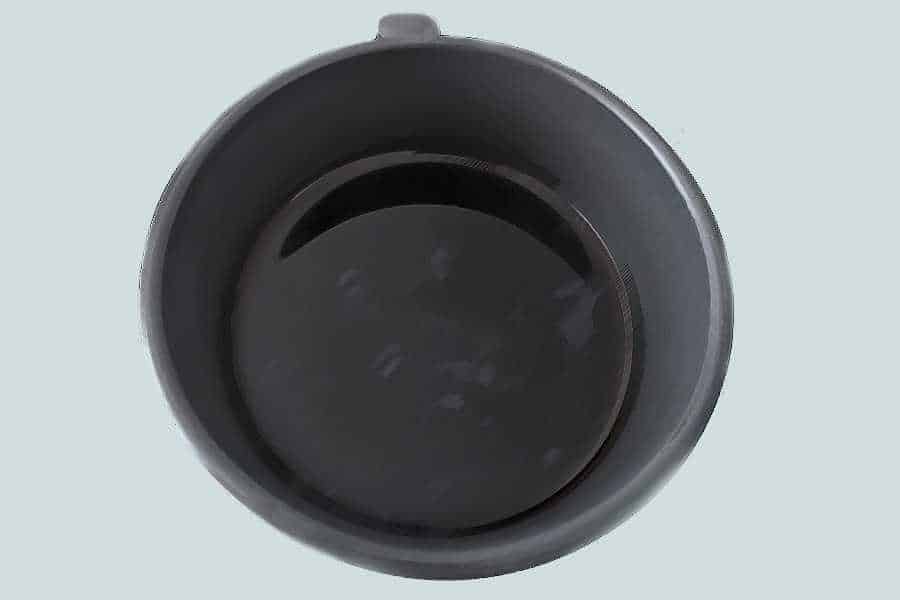
Topics Explored
- What’s in your coffee bean?
- Why are some beans oily?
- Are oily coffee beans good or bad?
- Word of caution
- Can you dry oily beans?
- Tips & tricks of the trade
What’s really in your coffee bean?
Knowing the compounds of a coffee bean helps us trace the source of ‘oiliness’ in your coffee.
There’s far more than just caffeine in your coffee beans; there are proteins, amino acids, carbohydrates, and lipids(1). Now, lipids give the beans their oil and fat content. They’re primarily found in the core of the bean, but a small part is settled on the surface.

The lipids on the surface form a wax-like cover protecting the beans against oxidation. However, not all coffee varieties have a fixed lipid content; it depends on the species. Arabica and Robusta, for example, are diverse – Arabica has 60% more lipids.
The complex chemical composition in coffee beans is responsible for your brew’s aroma retention and crema creation.
Why are some coffee beans oily?
If you had your fair share of coffee bags in your life, you know not all coffee beans are oily. Some processes provoke the lipids from inside the beans to penetrate the surface and become more visible. Let’s explore some of the most common reasons for oily beans below.
1. Part of the roasting process
Green coffee beans undergo several physical changes during roasting. Color changes to blonde or dark, the moisture levels drop as well as the volume.
The high internal pressure during roasting causes the lipids from inside the coffee bean to travel near its surface and penetrate the exterior.

The lipids are essential in preserving the volatile compounds responsible for flavor and aroma inside the bean. When the bean undergoes high pressure, the lipids burst through the cover, changing the taste and appearance. A prolonged roast leads to a significant chemical transformation, ending up with dark oily beans.
2. Flavored coffee beans
Flavored coffee beans have been around for centuries. Low-quality coffee beans used to get over-roasted to hide flavor defects. Some manufacturers still do this since prolonged roast develops some toasty, nutty, and caramelized mouthfeel.
Today, flavoring is mainly done by adding oils in the final stage of roasting. They’re used to produce some modern flavors like cheesecake espresso.
3. Coffee beans going stale
The roasting process makes the coffee beans unstable. If the roasted coffee bean comes into contact with oxygen, it can get damaged. This is because after roasting, the oils penetrate on the bean’s surface, allowing for fast oxidation that harms the taste of the coffee.
The longer they’re exposed to air the oilier they’ll become.
So, are oily beans good or bad?
Oily beans are not necessarily good or bad. Oil is a natural ingredient contained in coffee beans and contributes to the overall taste profile. Dark roasts have more surface oil due to the longer roast, but this doesn’t make them bad.
However, you should avoid stale coffee beans that have been exposed to air for a longer time.
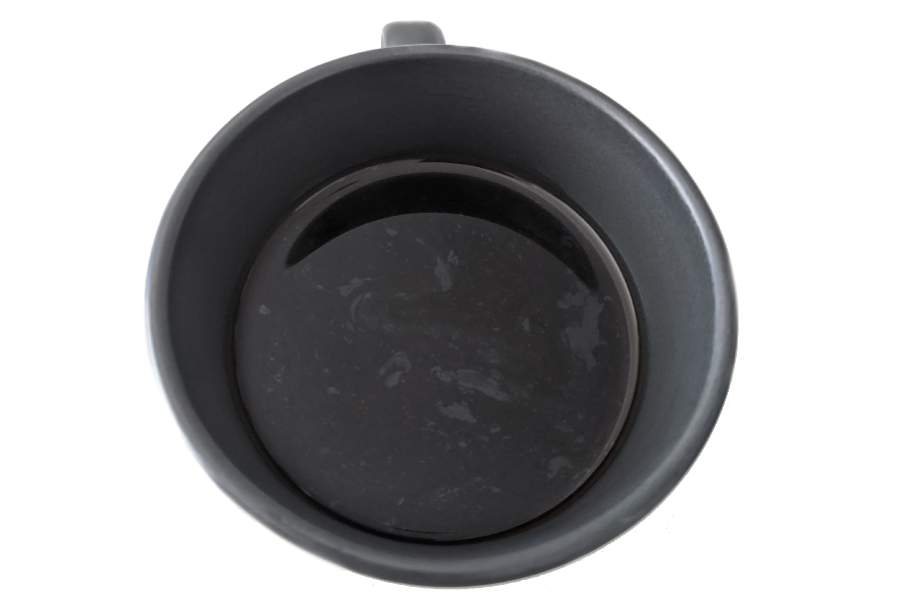
Word of caution
The most significant problem with oily coffee beans is clogging up grinders and automatic espresso machines. If you want to prolong your espresso machine’s life, avoid oily and flavored beans.
They can gum up your grinder, stick to the sides of the bean hopper, or clog the screen on your brew unit.
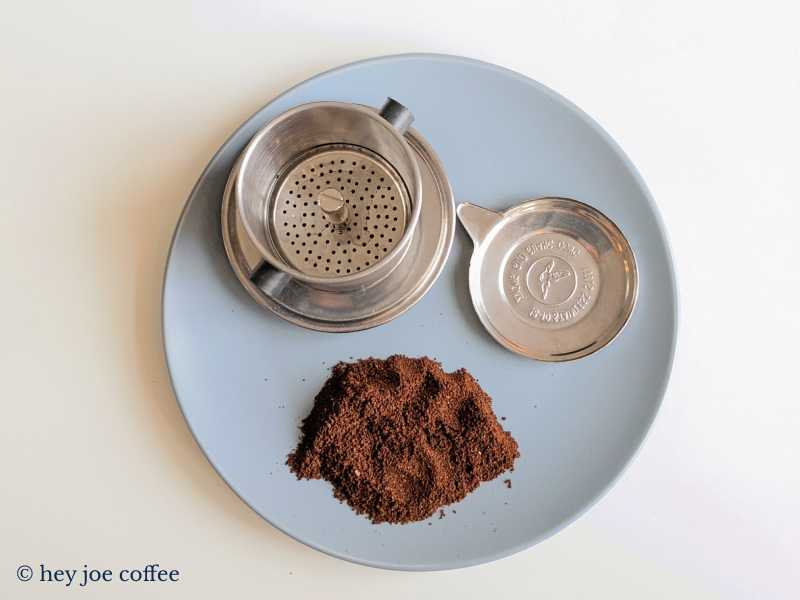
Can you dry oily beans?
You can’t reverse the process and make oily beans dry. Oil is naturally contained in the coffee beans, and after it’s brought on the bean’s surface, there are significant changes in the taste, aroma, and final brew. So don’t try to wash and dry the beans- you’ll end up with stale, flavorless coffee.
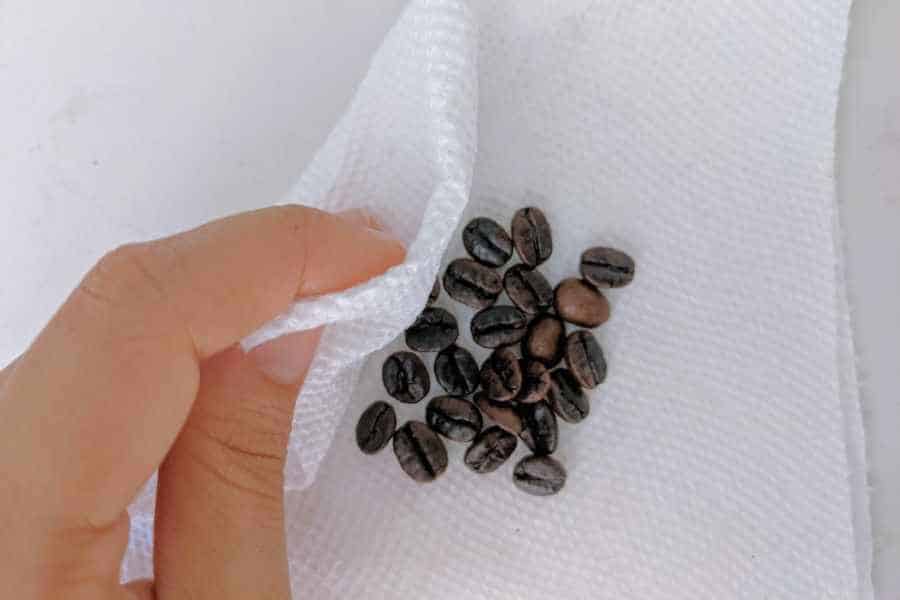
Concern about oily beans? Here are some tips.
If you want to avoid oily beans altogether, we have good recommendations for you. And if you bought a bag of coffee beans that just happens to be oily, don’t toss them yet. There are ways you can use the beans and save your coffee machine.
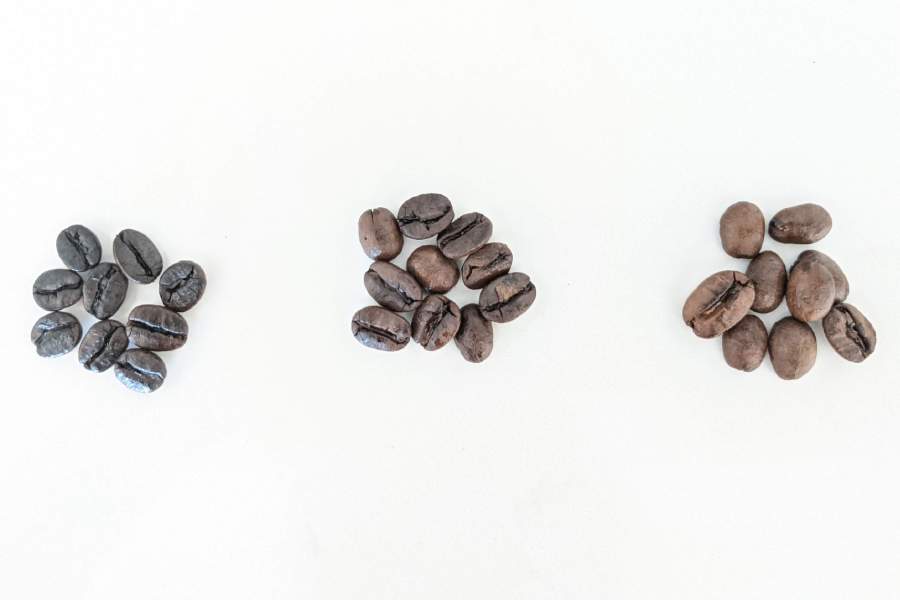
1. Use light to medium-dark roast coffee
A great cup of espresso is not limited to dark roasts only. Instead, use light roasts (also known as blonde or city roast) or medium-dark roasts.
Vienna or a light french roast would be as far as I would go. These are less oily than the dark roast but still deliver great flavor and strength. Avoid using any beans that look too shiny.
2. Use a manual or an easy to clean burr grinder
Manual grinders are easier to take apart and clean compared to grinders in automatic or semi-automatic espresso machines. Build-up oils can cause staining, stickiness, and spoil over time, ruining every future coffee you grind.
Some burr grinders are easy to disassemble and clean by brushing, vacuuming, or wiping.
3. Use pre-ground dark roast
Don’t shudder in disgust just yet. Pre-ground dark roast is a good substitute if you don’t like to be bothered with regular cleaning.
The taste, admittedly, won’t be as great as freshly ground coffee beans, but it’s convenient. If you don’t want to switch to light roasts, this is a good option.
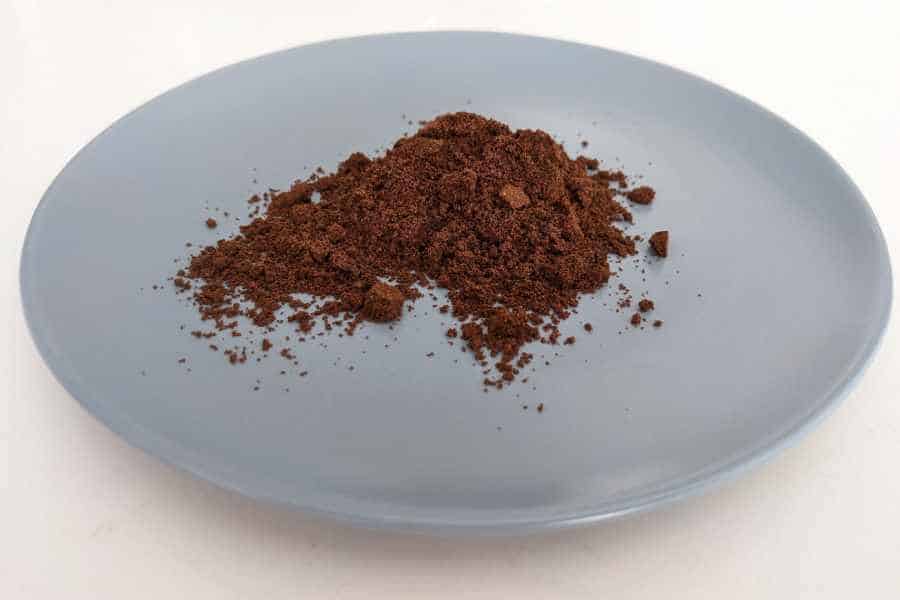
4. Store coffee beans properly
Prevent your coffee beans from oxidizing by storing them in an airtight container and in a cool place(2). Don’t buy and open large quantities of coffee beans at a time.
Freezing beans is an option; however, coffee is hygroscopic – it will absorb any odors from your freezer.
5. Don’t use flavored coffee beans
Flavored coffee beans can be low-quality beans, and manufacturers use flavoring to mask that up. Unfortunately, the flavoring oils make the beans oily, shiny, and slippery, diminishing the quality of the brew.
Look for artificial flavoring that doesn’t include oils; it won’t gum up your espresso machine.
Final word
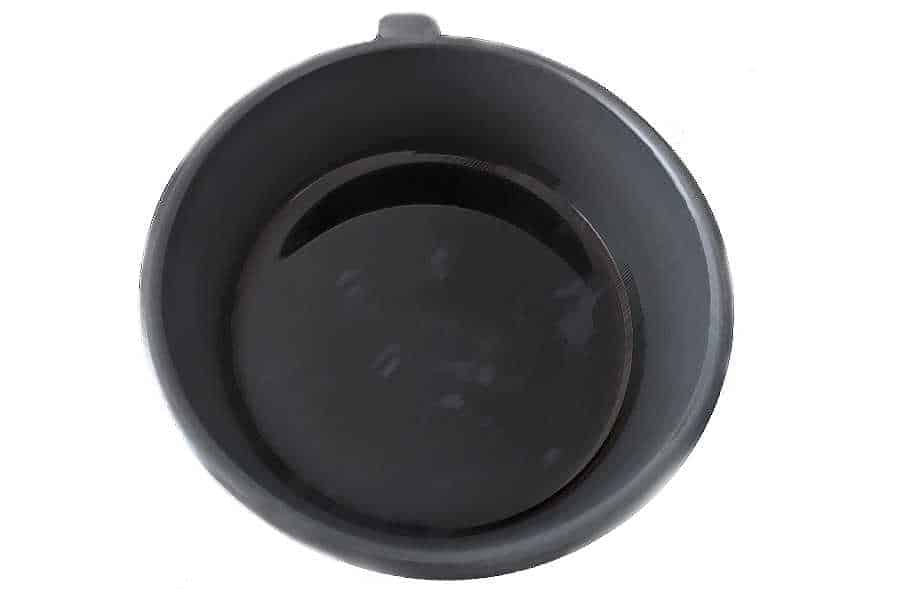
Contrary to popular belief, not all oily coffee beans are bad. Some oiliness on the bean’s surface is normal; it contributes to the aroma and crema development. Improper roasting, flavored and stale beans can develop excess oiliness.
Oily beans can be problematic for automatic espresso machines. If you tend to use dark oily coffee beans, there are ways to prevent damage to the device.
FAQs
Which coffee beans are oily?
All coffee beans contain oil, but some have more pronounced oiliness on the surface. Dark roasted coffee beans get oilier since the long roast brings up oil to the bean’s surface. Stale beans oxidize fast, which aids in oil development, and flavored beans are mixed with flavoring oils.
Are oily coffee beans good?
Not all oily coffee beans are good. Some become oily because they were exposed to air for a prolonged time. This means they’re stale and won’t make for a good brew. If the beans are oily because of the roasting method, like dark-roasted, they’re fresh and suitable for use.
How to dry oily coffee beans?
It would be best if you didn’t try to dry oily coffee beans. Oils are essential in the aroma, flavor, and crema development of your brew. Washing the oils off and drying the coffee beans will lead to bland tasting coffee. The moisture level is as important as the oils, and drying the coffee beans will ruin them.
Wondering where your info comes from? We totally understand. Hey Joe only obtains our information from reputable sources. Contents from this article are sourced from the following publications:
- Daniel Lerda: https://www.researchgate.net/figure/Chemical-composition-of-unroasted-and-roasted-C-Arabica-Farah-2012_tbl7_305510847
- National Coffee Association of U.S.A: https://www.ncausa.org/about-coffee/how-to-store-coffee

